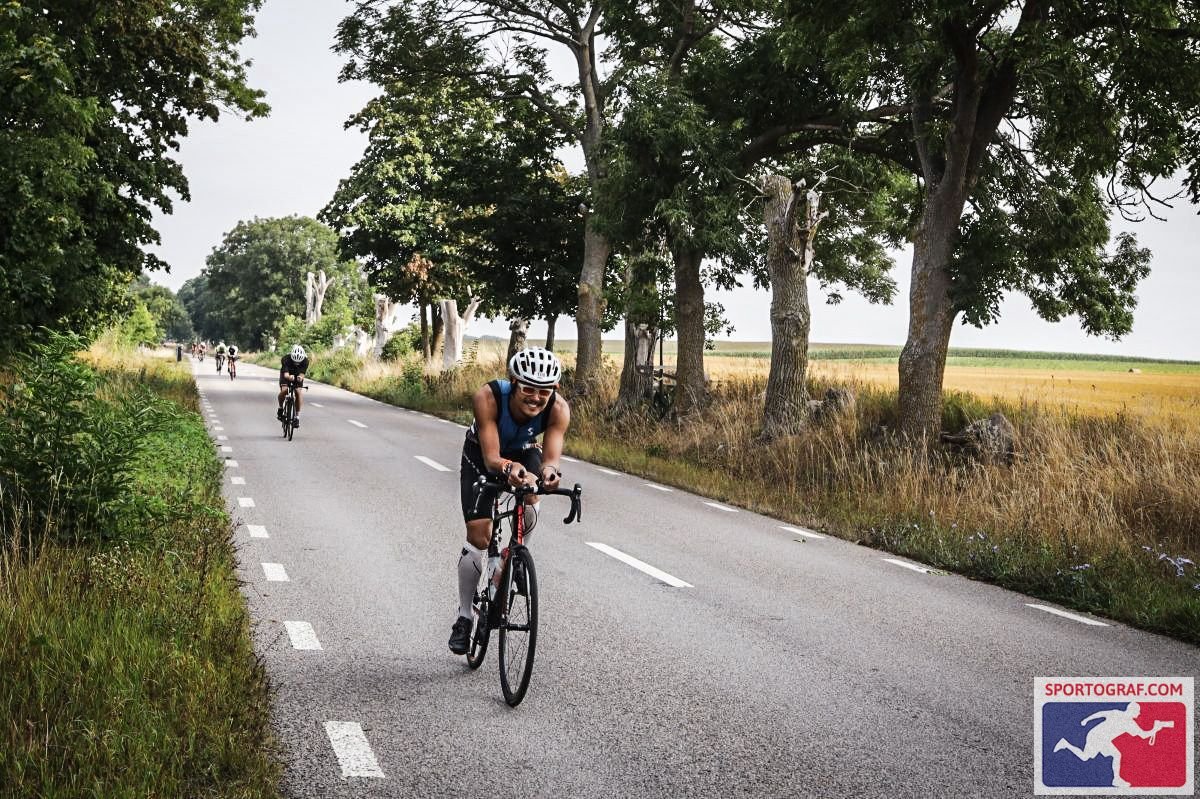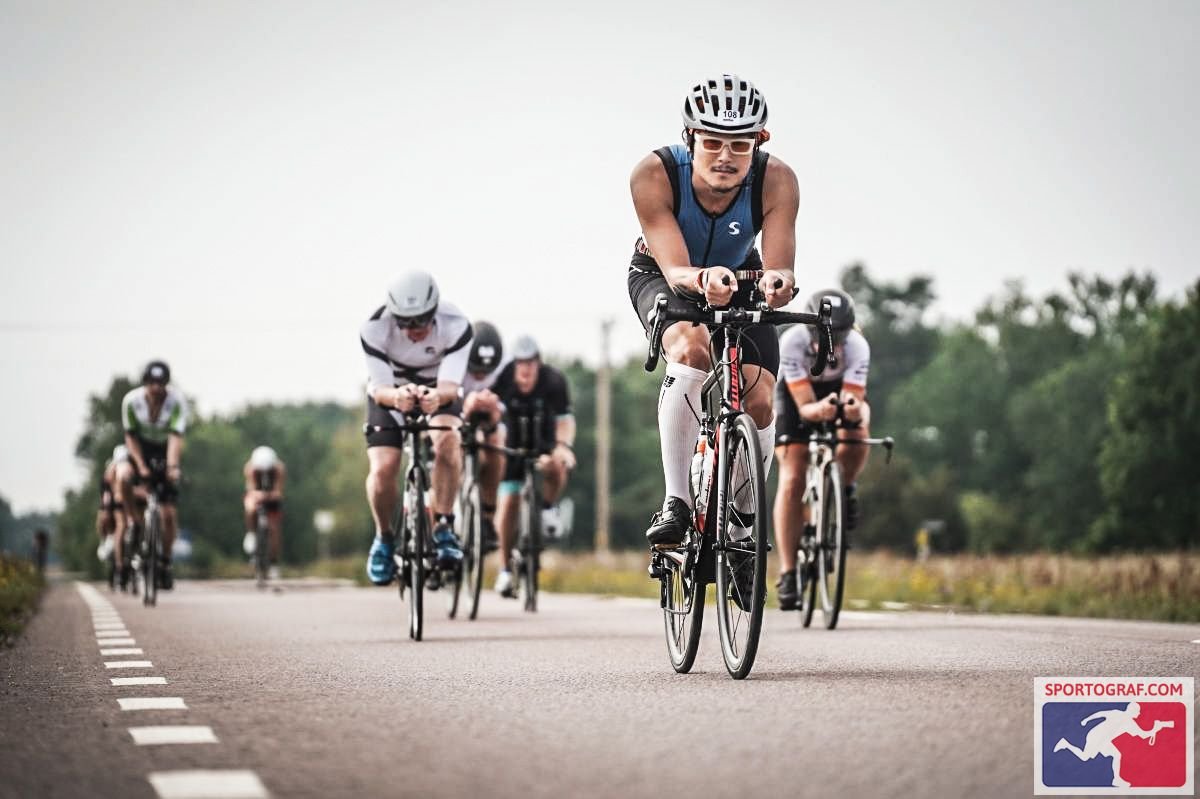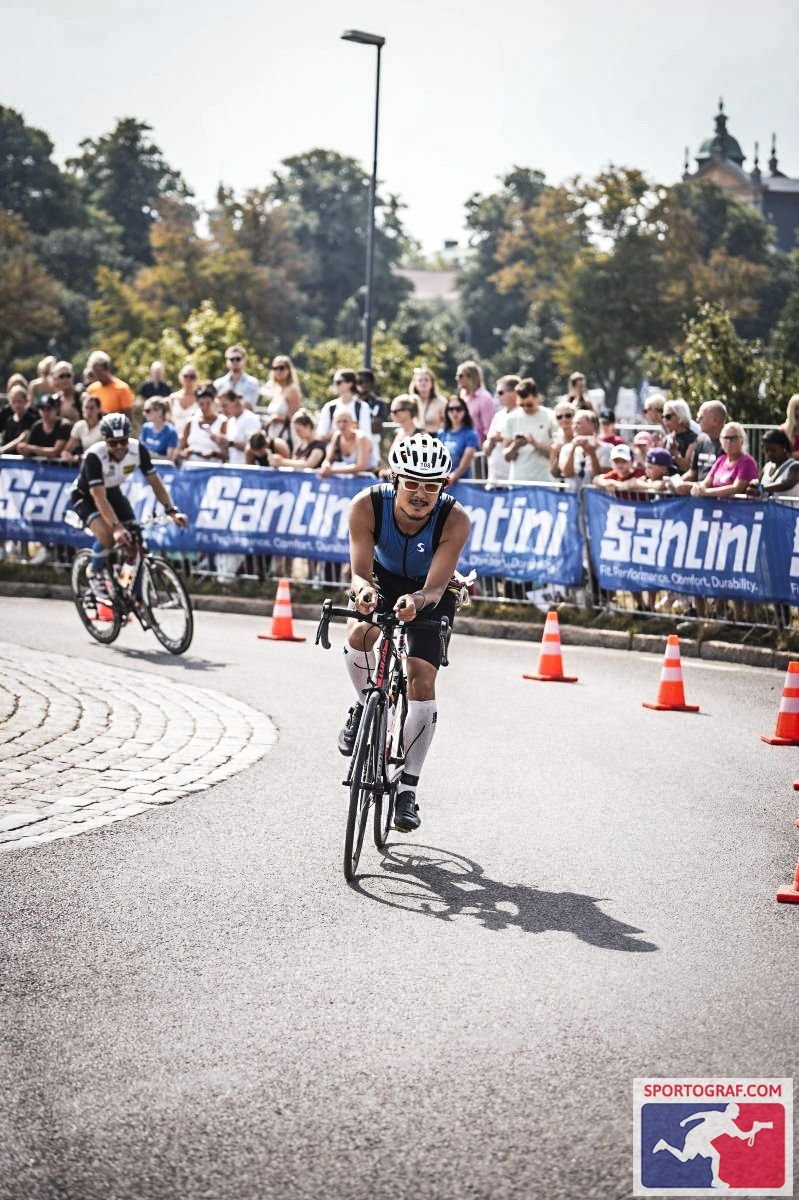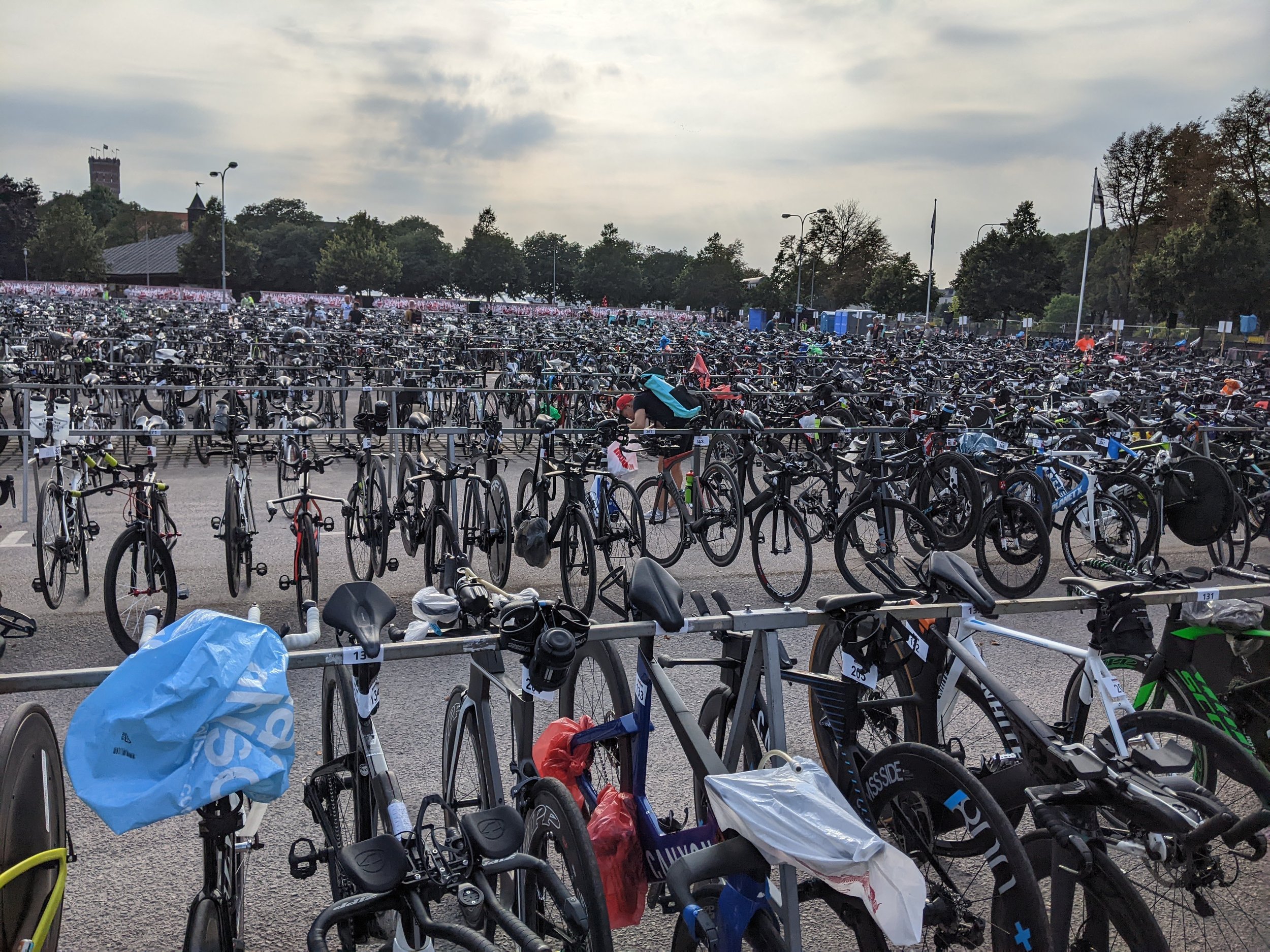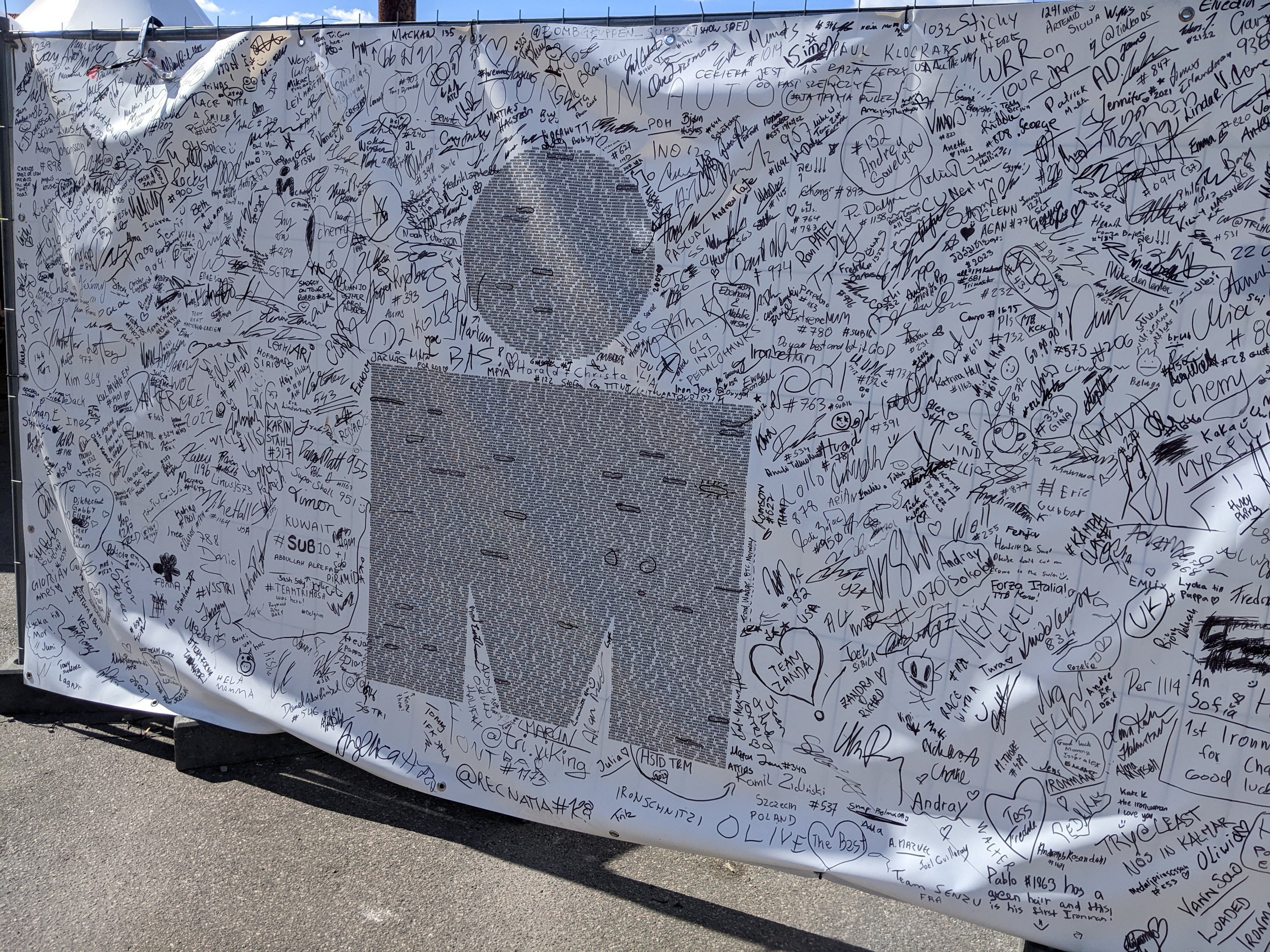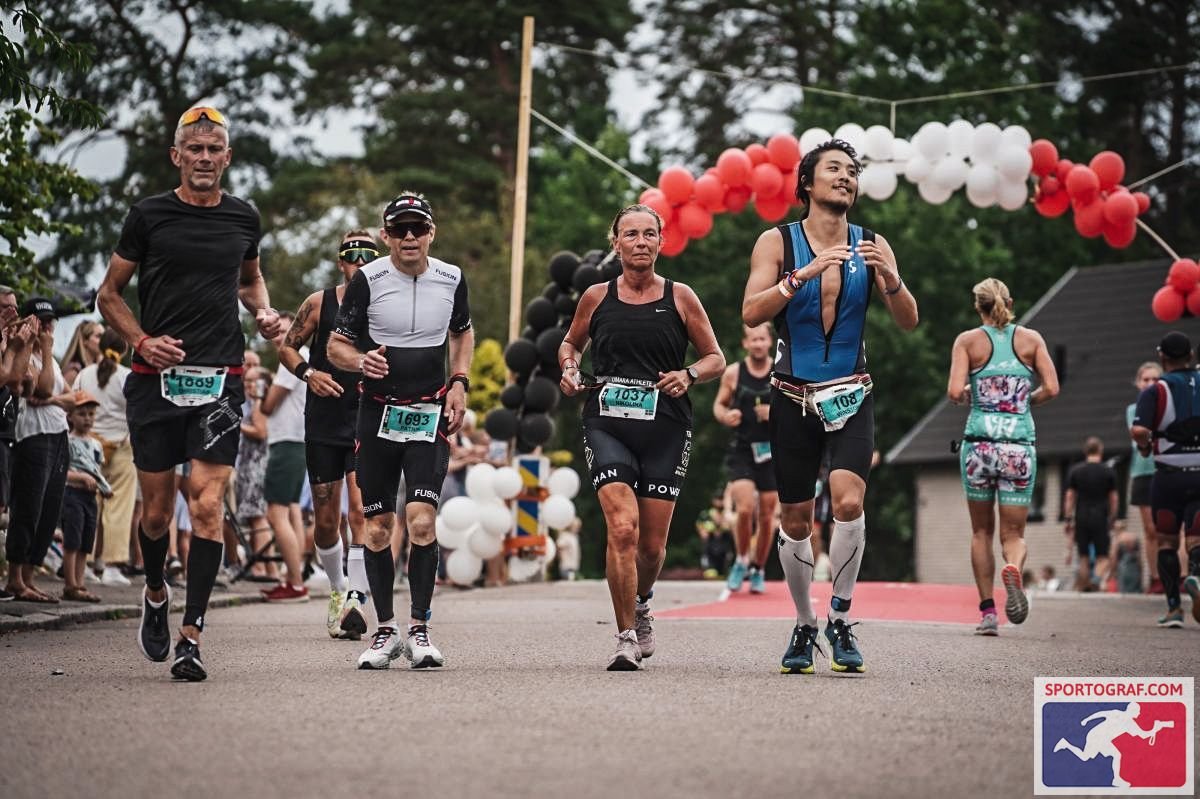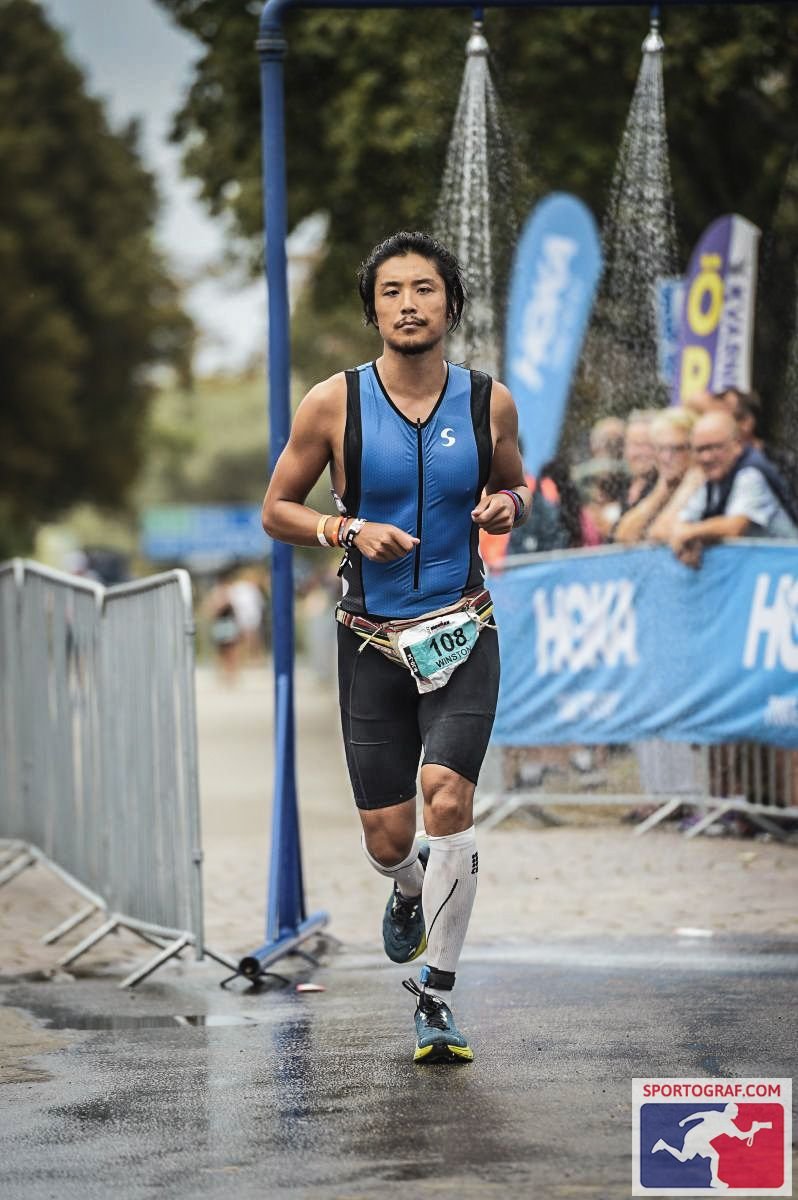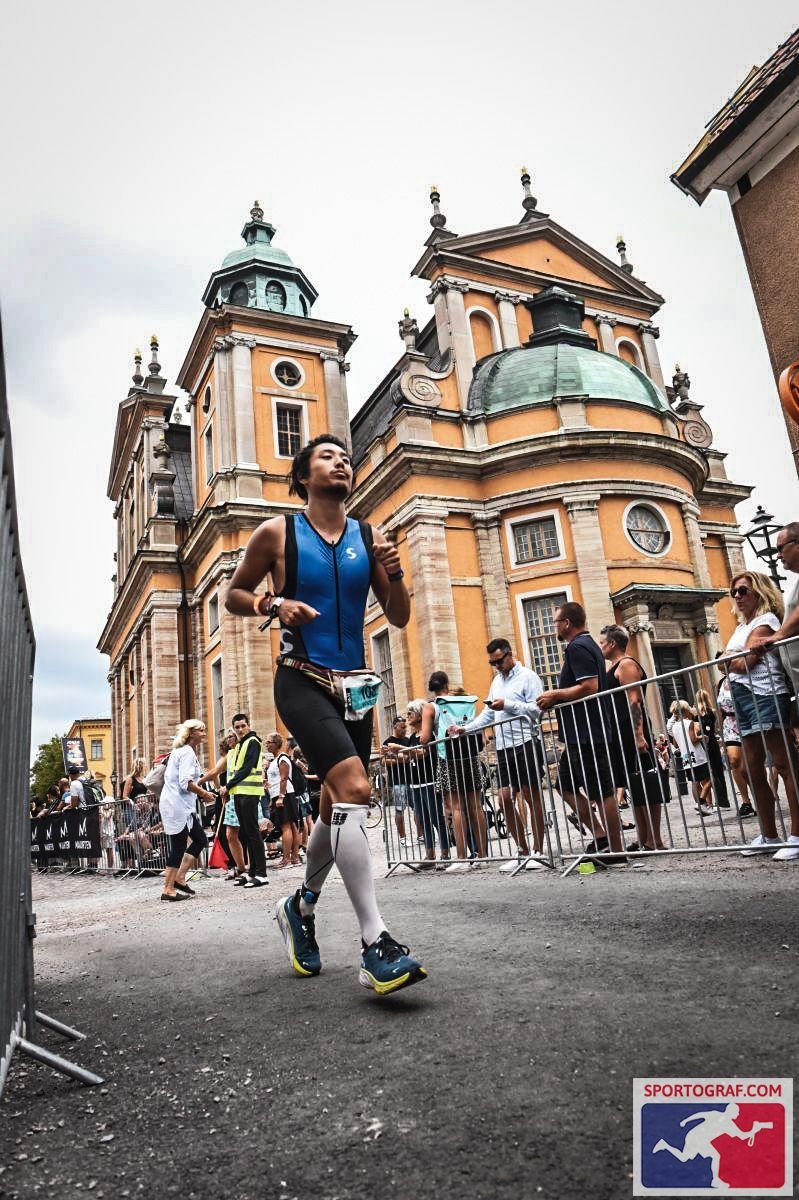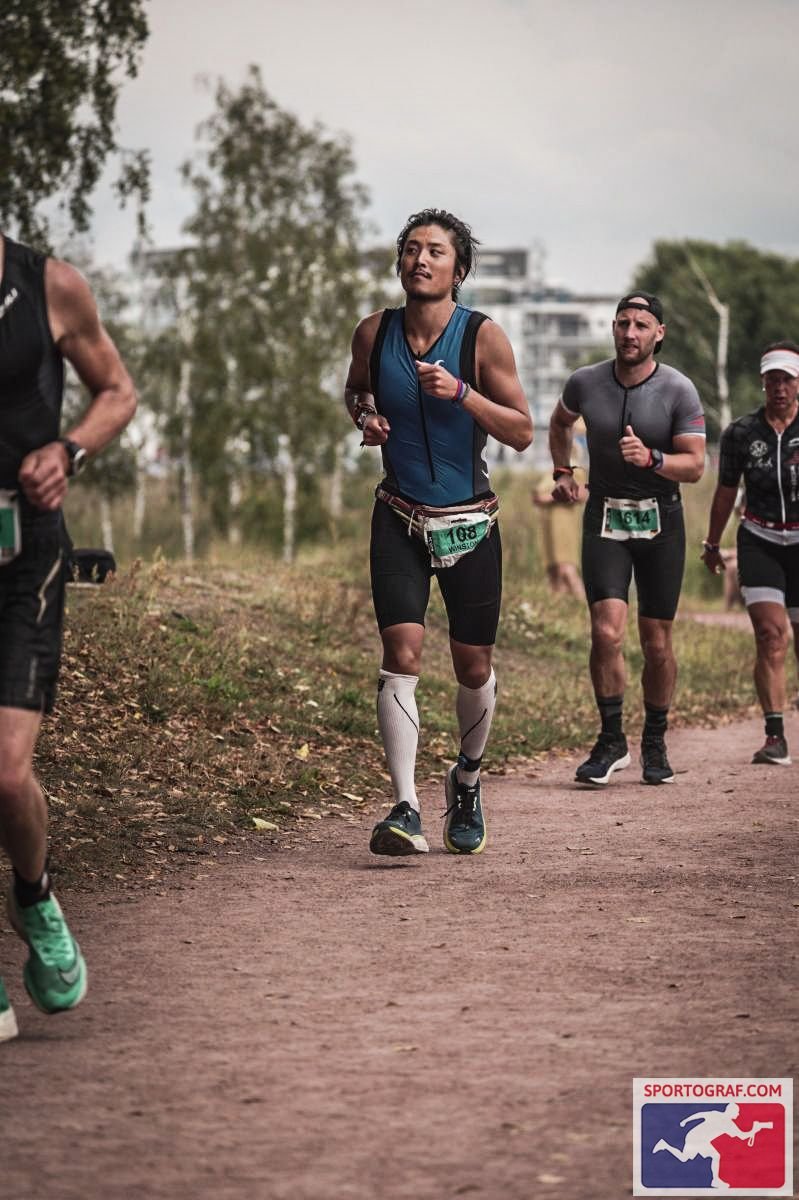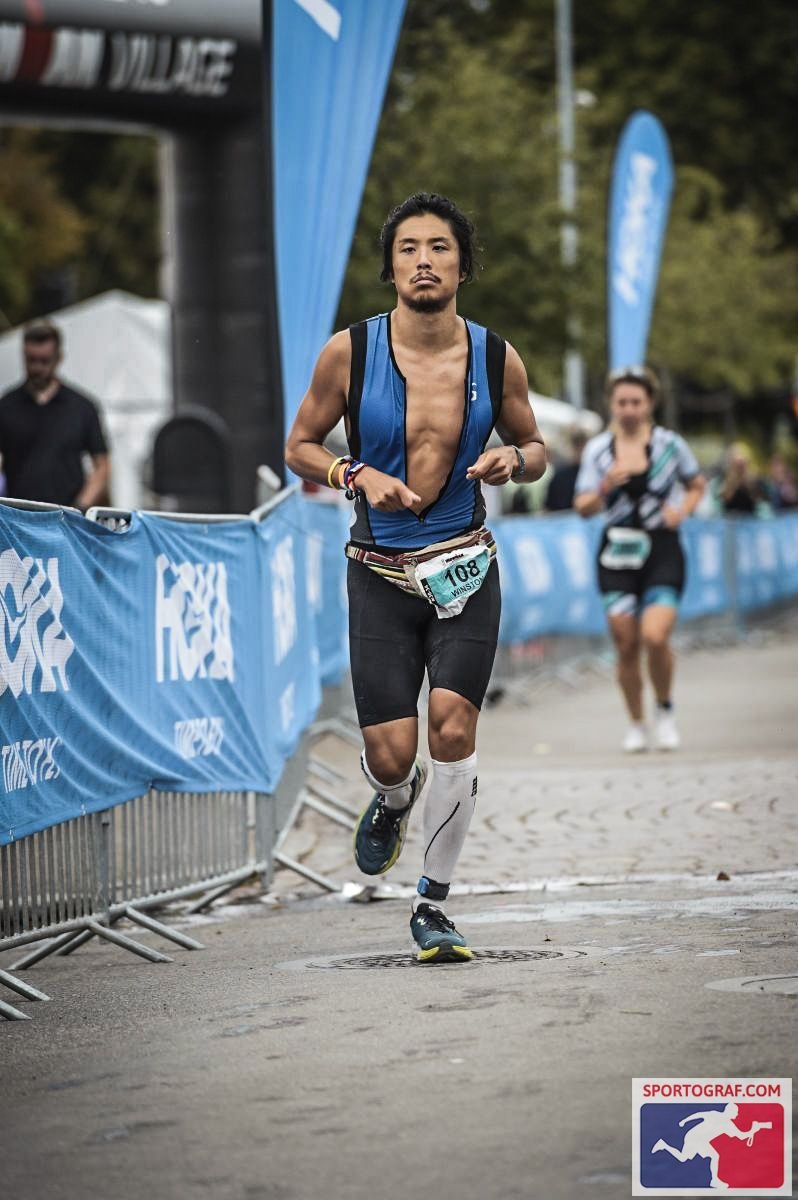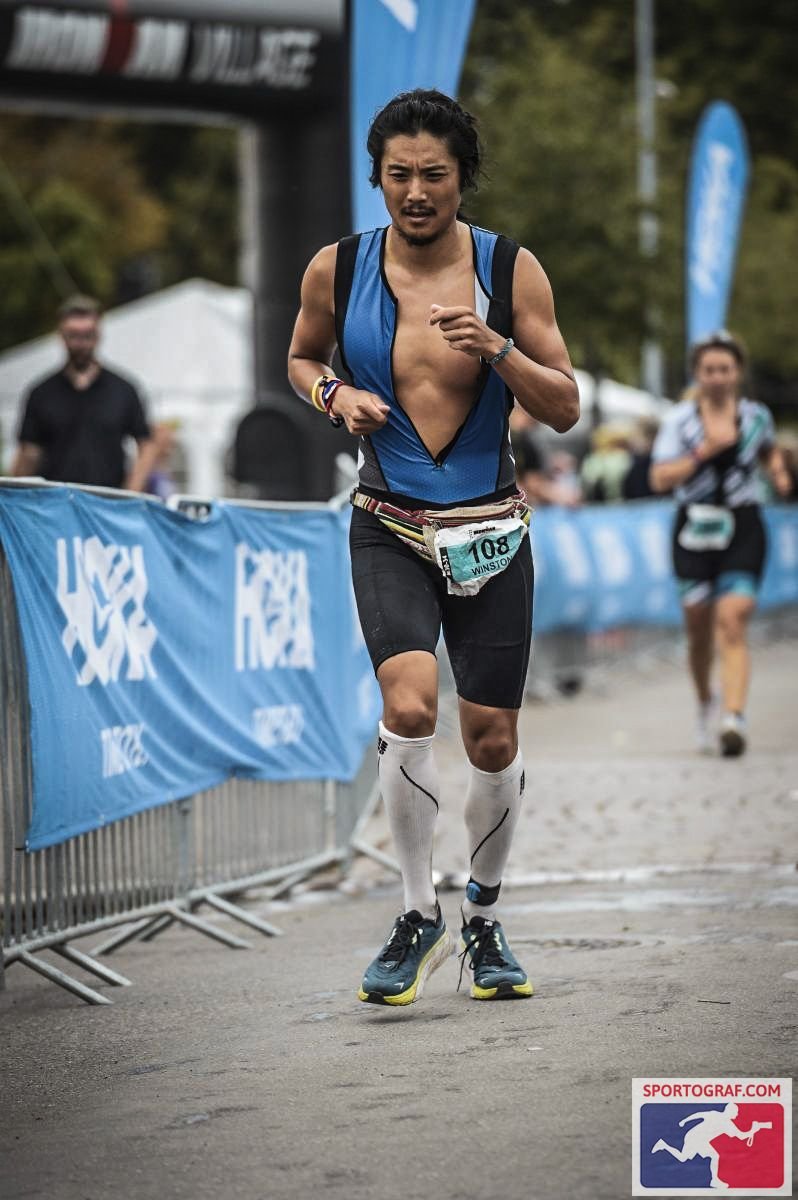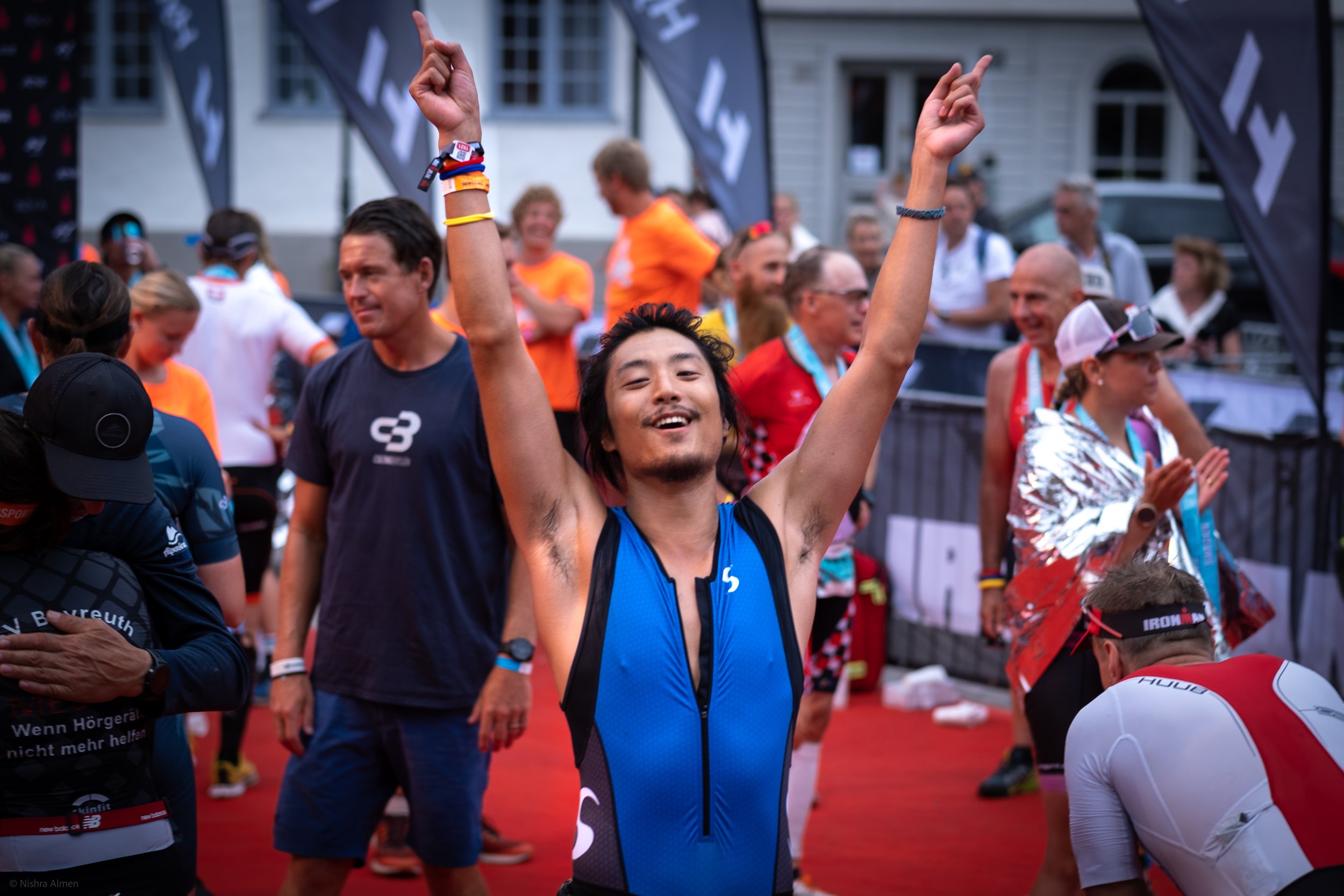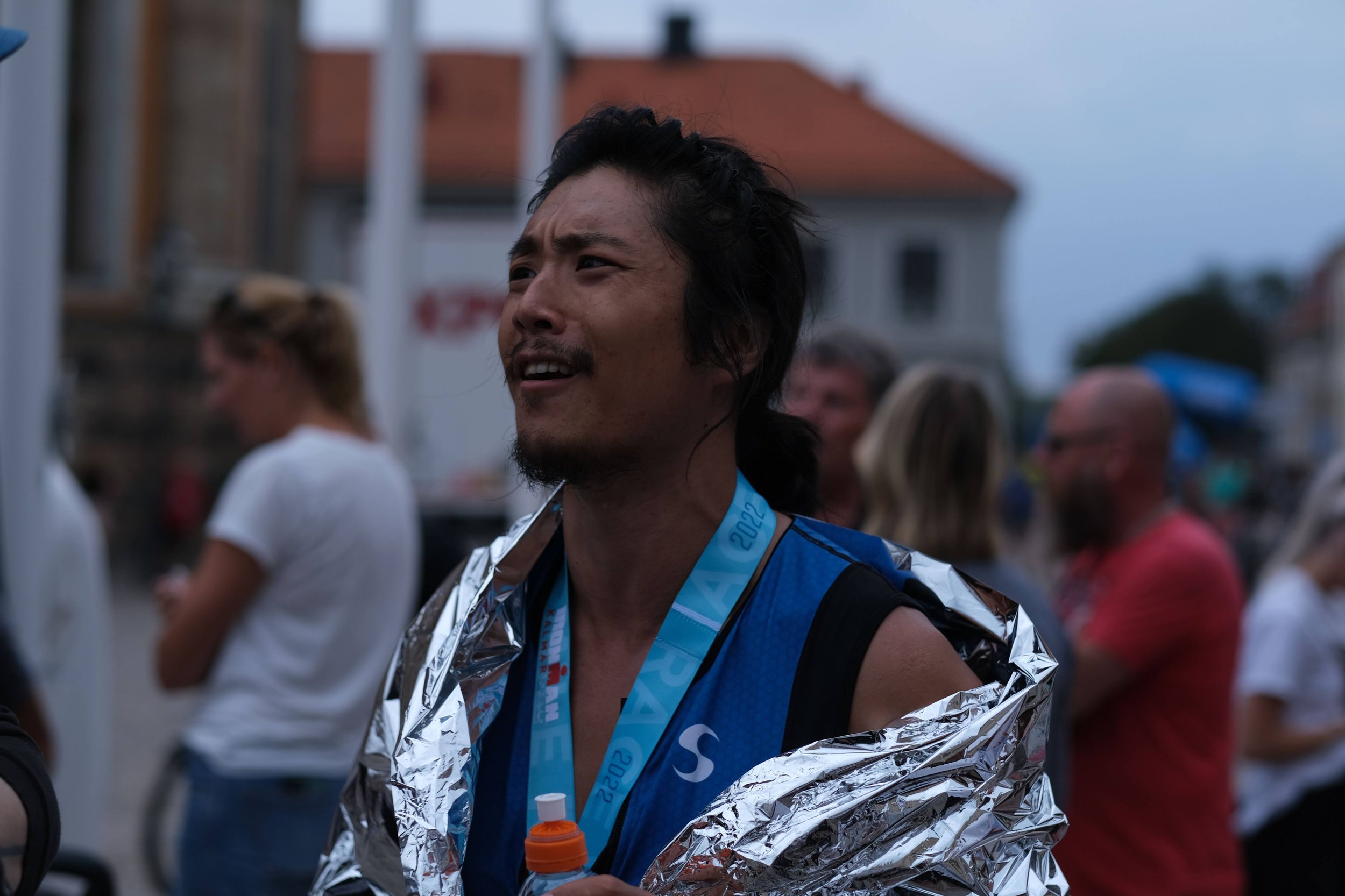Ironman: Kalmar Pt. 3 "How Did It Go?"
Pulling on a wetsuit feels like getting into a supersuit. No doubt the full body latex, spandex, whatever adds to the experience, but it’s really the feeling in the water that changes my mindset the most. The alignment of your body is so firmly assisted by the suit’s buoyancy that I feel like I’m flying.
Smaller changes are more noticeable to experienced veterans compared to newbies. As a collegiate athlete, I was competing when they banned non-textile suits. I have bare memories of feet covered in plastic bags, gently guided through suits two sizes too small, on freshly shaven legs. The new limitations meant the thin constricting fastskin-equivalent only reached from waist to knee instead of biting down from the shoulder to the ankles.
No such rules to the triathlete suits, which have accelerated from the separation at the inflection point of regulated textile enforcement in competitive swimming, getting better and more buoyant. Even my starter trisuit had 4mm thick padding in all the right places. Relaxing in the water, I would bob along the surface, my hips pulled into position by designed density.
In the swimming leg, because of my extensive background in the sport, I barely needed the advantage against the other 2,000 Ironmen that were competing.
I had spent about 20 years training, with most of those practice sessions clocking more meterage than the 3.8km mapped by brightly colored buoys floating in the Kalmar strait, part of the Baltic Sea. We would start the race in waves; I seeded myself in a forward group, where I would cruise to place 73rd overall out of the water.
After the swim, we would enter the transition area to change, the strip swim gear and pull-on land gear, walking our bikes to the marked starting line and hopping aboard. Like the tri-suits, many of these bicycles were space-age technology. Carbon fiber frames and specifically aligned handle bars. Responsive braking and gear shifting systems. Water was mounted with easy drink tubes and easy pour refills spouts in aerodynamic, low drag profiles. Over inflated tires with streamlining covers whirled like jet engines. Legs were wire wrapped in tendons, calves and hamstrings that looked like corded steel under the skin, pumping at pedals to generate speed and force.
I was still dripping wet went I mounted my bike. My feet kicked my clips into my shoes the same time as I shoved two tablespoons of honey and peanut butter into my mouth. This was the biggest part of the race, and the area I had trained the most. Hours upon hours, watching full hockey games as the NY Rangers chased the Stanley Cup. More hours watching Stranger Things Season 4. So many hours riding in the Hudson River Valley.
Yet every 20kms, I would have hundreds of racers pass me. Especially early in the leg. These space-age vehicles would whoosh from behind me, riders screaming to stick to the right. (I oblige. There is no chance I can keep up.) By the time I transitioned the run, I would drop from 73rd to 1100th.
The view from the Oland Ferry. The Oland bridge is in the distance, waiting for me.
The course was beautiful, starting with 6kms on the Oland bridge, the longest in all of Sweden to the island of Oland, east of Kalmar. It’s a beautiful agricultural and historical place, with stunning views of the Baltic Sea. We would loop a hundred clicks, nearly 2/3rds of the biking distance around the southern tip of the island, before heading back over the bridge, riding north of Kalmar, through some neighboring towns and the Swedish mainland countryside, then finally turning back to the transition area for the run.
I had always planned my bike conservatively. It’s my weakest leg, and keeping your legs fresh enough to run a full marathon is a priority not to be underestimated. Although it had hurt from the very beginning, I felt secure enough to continue pushing my pace. I felt like I could trust my training, and keep up tempo even if it was painful. I had felt pain before. I had trained through it. I was sure I would do so here and now.
My optimistic race strategy included sprinting the Oland bridge back, to enjoy racing on the road as well as strain against the most intense incline of the race. It was fun to stand up and pump my pedals, and also stand up from my seat. It was the only time I would pass any bikers, climbing the hill.
It's a tough mental battle to stay on pace, without a wrist computer, as hundreds of racers fly by for 6 hours. Still there was nothing for it, except to breathe deeply, sip on liquids, and urge my legs to rotate, ignoring the burning hamstrings and numbing toes, feelings I was all too familiar from training this long for this race. Even still, I was worried. I hadn’t passed a single clock, so I had no idea. For long stretches I would be the only racer in my field of view, alone except for hay bales, the occasional cow or horse, and asphalt.
Fear overtook reason in stretches where I could be convinced that I was last or near last place. Would I make the cut-off time? Even my worst estimates had me clear of the deadline, but the hours on the bike had felt like torture.
Fear subsided as the last 40kms would double back on some of the track and I would catch glimpses of a dozen or so riders. At least I wasn’t in dead last. But I could ostensibly be only a couple hundred places above it. I was not rid of my fear but it was calmed with buffer.
As I transitioned into the run, I was determined to find a time. How was the bike? What was my running pace going to be? But I had other priorities first. The first 4 miles was a bare jog into a painful shuffle walk and the occasionally stretching break. I could feel 0% of my left toe. My body was running on fumes, and I desperately tried to shovel salt, sugar, and substance into my stomach without over bloating myself. I could not handle another difficulty.
I was mostly unfamiliar with the run course, three laps through town and a northern winding road through a neighborhood.
The crowd however, was familiar with me. Strangers would shout encouragement, to which I could only weakly smile and wonder, how did they know my name? It’s on my racing bib dummy.
I would exchange high fives, tap power up signs, here choruses of heja, heja, anything for some energy through the slog. The course would have points that I would grasp to in the oceans of pain to have some semblance of routine and moments to draw on. There was a few that were particularly good to me, the hopscotch. The pseudo-finishline arch that the neighborhood made themselves, each with Mario powerups, the invincibility star, the super mushroom, the 1-up mushroom would span overhead. Tapping the board at its relative powerup cutout would play the jingle. I would see the same supporters at the same point on the track, and in their eyes, I would gather a little sustenance. Witness me. A progression of signs proclaimed that I would be an ironman. Soon. I would tap the soon each time I passed it. Chalk marked the sidewalk saying that the temporary pain would be worth the lifetime of glory and gloating. Truth. It’s the absurdity of little moments that help make the enormous pain bearable.
The run was three laps, each time passing tantalizingly close by the true finishline, before turning back. Laps were counted by hairties that could be collected through a local track stadium. Red, blue, and yellow would complete the trifecta and allow you passage to the final stretch. Each band felt like a reward, and came with a shot of dopamine. Two laps left. One lap left. Victory road.
A benefit to my computerless self was that the finishline line also had a clock at the top. So after 122 miles, I knew that just about 9 hours had elapsed. I had swum 2.8 miles, 8 hours ago. Biked 112, and was now one third done with a marathon.
Exhausting. But exhilarating.
I am a huge fan of doing mental math while running. That seems like a red flag, but matching my physical pain with mental strain almost makes the exertion seem easier. Calculating my average pace and extrapolating for the remaining 18 miles, at a 10:30 pace, would put me clear under a 13hr finish time. That hope kept me pushing. I would pick up the pace, slightly, on the second and third lap, having adjusted from off the bike. But even more gratifying was the satisfaction that I would finish. Not only finish but do well. Avoiding the DNF was a huge relief.
Fuel and nutrition are so important at the 10th, 11th, and 12th hour of racing. I couldn’t stuff myself; my shrunken stomach could only take little bits of food. But salt and sugars were supremely necessary, there were no extra calories to spare. I had started the bike and the earlier laps with an oatmeal, peanut butter, honey, cinnamon, coconut and berry blend, a home concoction that I was used to eating during all my long training sessions, but by the last third of the race, each bite needs to deliver more salt and more sugar in easier carbs. I’m using pickles, lemons with salt, stale potato chips, and Gatorade, anything to add fuel for the final stretch. Caffeine was added sparingly with a gel pack, but the touch of Redbull was regrettable, causing lots of burps between steps. It was almost a shuffle between aid stations, waypoints that let me refuel enough to jog to the next one.
I’m counting kilos with the signs, convincing myself to keep pace, struggle along, tormentingly close to the end, to the glory. By the 30km mark, I could be assured of victory. By 40km I was back to struggling. But by the final hundred meters, my feet were light and flying.
The third, golden-yellow band would be the greatest moment of serenity. I would survive. I would finish. It elated me to the end of the track.
Elation. Pain. Is what I called the photos that my friends captured of me as I crossed the finishline.
And it was definitely elation, as I crossed the end as an ironman, and completed 8 months of grueling work, weekly dedication and discipline to myself. I couldn’t have been prouder of myself. I couldn’t have explained the joy. It felt like I had truly accomplished something. Something had lifted my heart, each KM notification like the torturous inevitability of completion, slowly pulling me to the finish as the crowd got louder. Cheerleaders would encourage us to the finish line and we would be, truly be, Iron men.
Post-race
It was really nice to hangout the last few days and recover in Kalmar. I thought it fortunate I only had 5 darkened toenails, but my left pinky toe was still numb, and it would stay so for at least a week. It’s important to be physical in the days after the race, to flush lactic acid from your muscles, so I would enjoy swimming in the waters around the town, and biking to seem my friends. It was nice to finally drink and smoke again, so I imbibed in substances without guilt. It would only be a short few days before I headed out to Copenhagen. I had enjoyed Kalmar immensely but it was also time to see something else, and also figure out a flight home.
But at the train station where it all started, I was nostalgic. I missed the race. I missed my community. I missed the town. It had been such an adventure. A true-life achievement.



